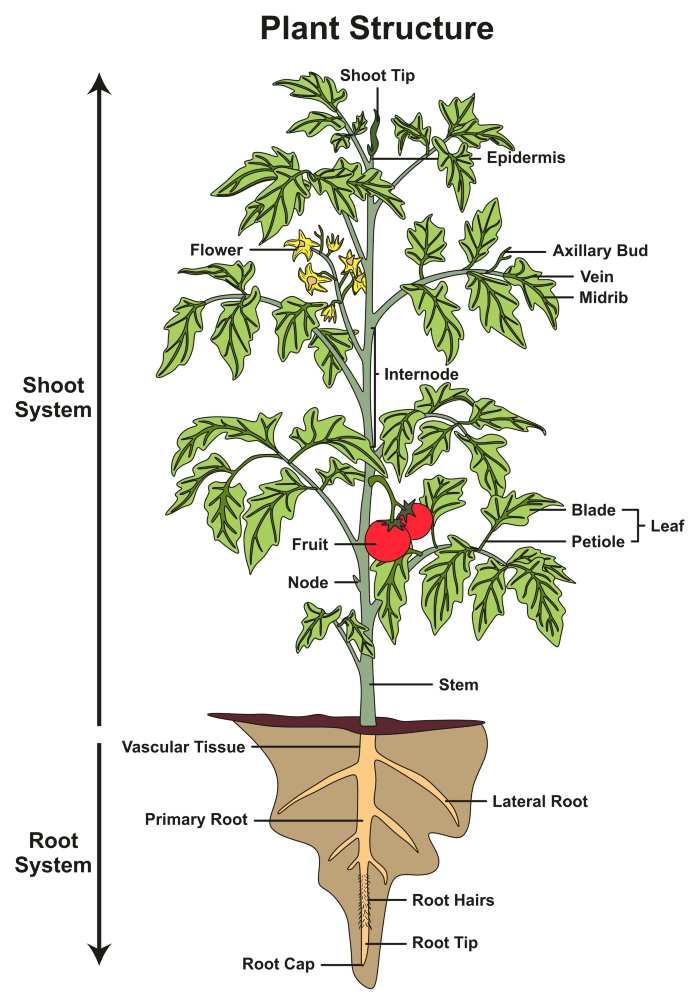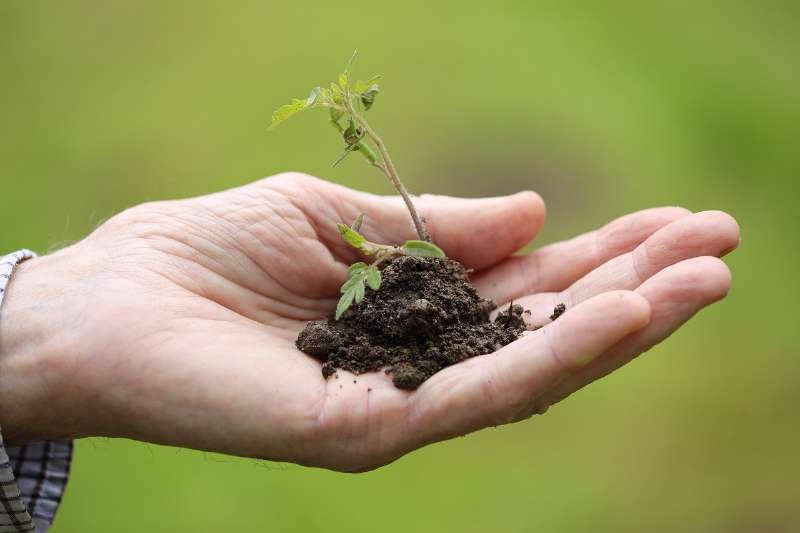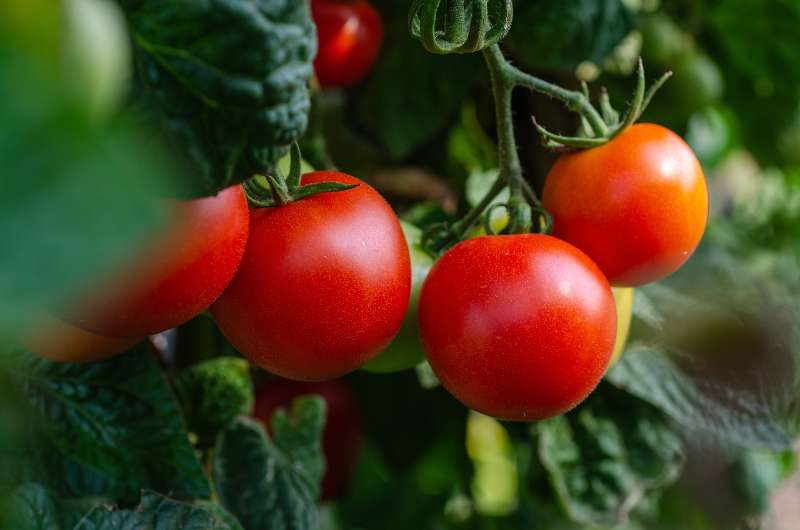Organic Tomato Garden Tips

Make sure to like Living Green and Frugally on Facebook, Shop at amazon to help support my site and explore our PINTEREST BOARDS for innovative ways you can become self-sufficient.
Growing organic tomatoes is a rewarding endeavor that combines the joy of gardening with the satisfaction of producing your own healthy, chemical-free vegetables. Whether you’re a seasoned gardener or a novice, these tips will help you cultivate a thriving organic tomato garden.
1. Choosing the Right Variety
Selecting the right tomato variety is crucial for a successful harvest. Consider the following:
- Climate: Choose varieties that are well-suited to your local climate. For example, if you live in a cooler region, opt for early-ripening varieties like ‘Early Girl’ or ‘Stupice’.
- Purpose: Determine whether you want tomatoes for slicing, salads, cooking, or canning. Beefsteak tomatoes are great for slicing, while Roma tomatoes are ideal for sauces.
- Space: If space is limited, consider compact or determinate varieties like ‘Patio’ or ‘Tiny Tim’.
2. Preparing the Soil
Healthy soil is the foundation of a thriving tomato garden. Here’s how to prepare it:
- Testing: Test your soil’s pH and nutrient levels. Tomatoes prefer slightly acidic soil with a pH of 6.0-6.8.
- Compost: Incorporate plenty of organic compost to enrich the soil. Compost improves soil structure, drainage, and nutrient content.
- Mulch: Use organic mulch, such as straw or shredded leaves, to retain moisture, suppress weeds, and improve soil health over time.

3. Planting
Proper planting techniques are essential for strong tomato plants:
- Timing: Plant tomatoes after the last frost date in your area when the soil has warmed up.
- Spacing: Space plants 18-24 inches apart to ensure good air circulation, which helps prevent disease.
- Depth: Plant tomatoes deep, burying two-thirds of the stem. This encourages the development of a strong root system.
4. Watering and Feeding
Tomatoes need consistent watering and feeding to thrive:
- Watering: Water deeply and regularly, keeping the soil evenly moist. Avoid overhead watering to reduce the risk of fungal diseases.
- Feeding: Use organic fertilizers like compost tea, fish emulsion, or seaweed extract. Apply according to the manufacturer’s instructions or as needed based on soil tests.
5. Support and Pruning
Supporting and pruning your tomato plants promotes healthy growth and maximizes yield:
- Stakes and Cages: Use stakes, cages, or trellises to support the plants and keep fruit off the ground.
- Pruning: Remove suckers (the shoots that grow in the leaf axils) to focus the plant’s energy on fruit production. However, be cautious not to over-prune determinate varieties, as they have a predetermined number of fruits.
6. Pest and Disease Management
Organic gardening requires vigilant pest and disease management without synthetic chemicals:
- Companion Planting: Plant basil, marigolds, or nasturtiums near tomatoes to deter pests.
- Natural Predators: Encourage beneficial insects like ladybugs and lacewings that prey on tomato pests.
- Neem Oil and Insecticidal Soap: Use organic pest control methods like neem oil or insecticidal soap to manage infestations.
- Crop Rotation: Rotate tomato plants to a different part of the garden each year to prevent soil-borne diseases.

7. Harvesting
Knowing when and how to harvest ensures the best flavor and quality:
- Timing: Harvest tomatoes when they are fully colored and slightly soft to the touch.
- Technique: Use a sharp knife or pruning shears to cut the stem just above the fruit to avoid damaging the plant.
Conclusion
Growing organic tomatoes can be a delightful and productive hobby with the right approach. By selecting appropriate varieties, preparing the soil, planting correctly, and maintaining diligent care through watering, feeding, and pest management, you can enjoy a bountiful harvest of delicious, healthy tomatoes. Remember, the key to successful organic gardening is patience and a willingness to learn from each growing season. Happy gardening!